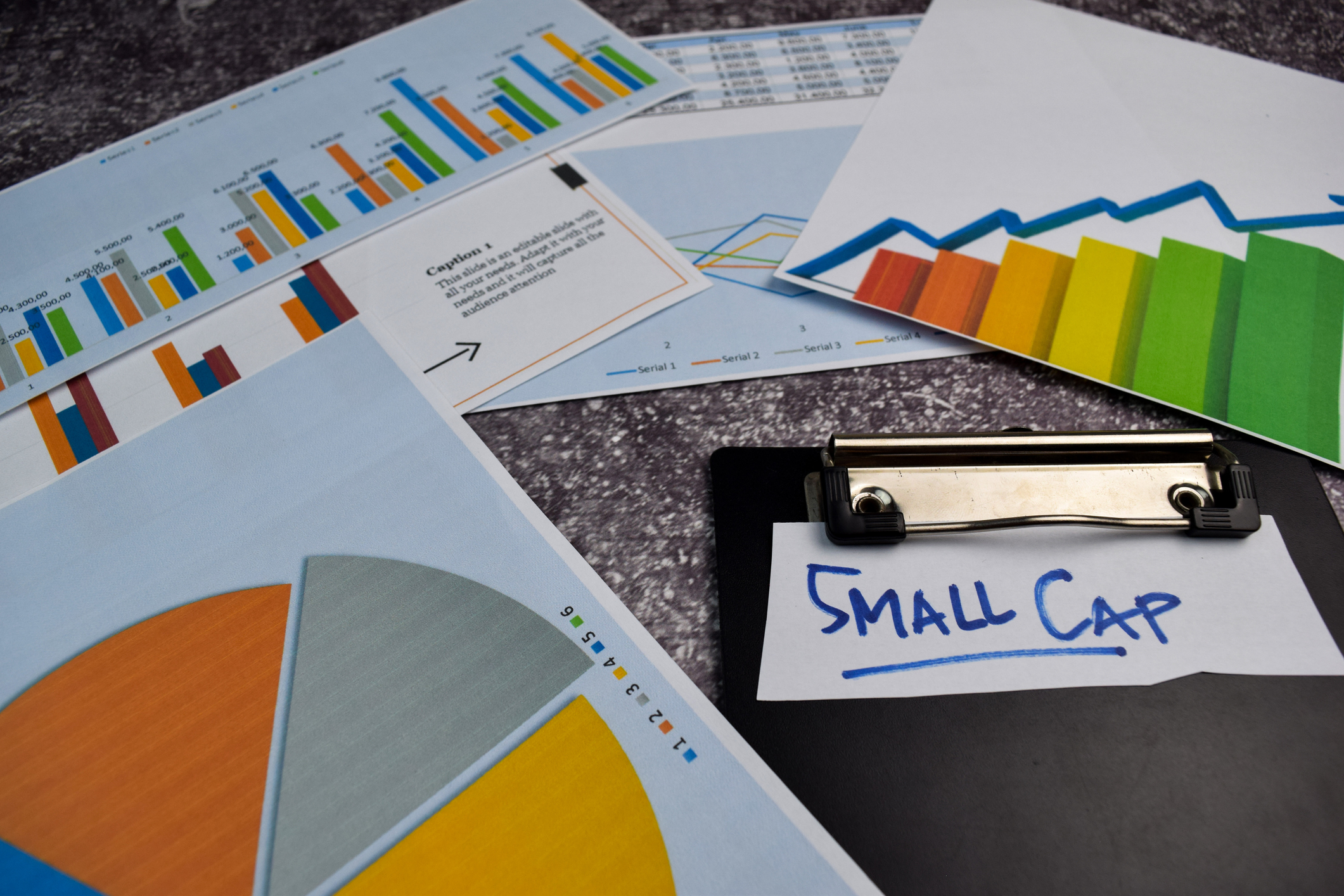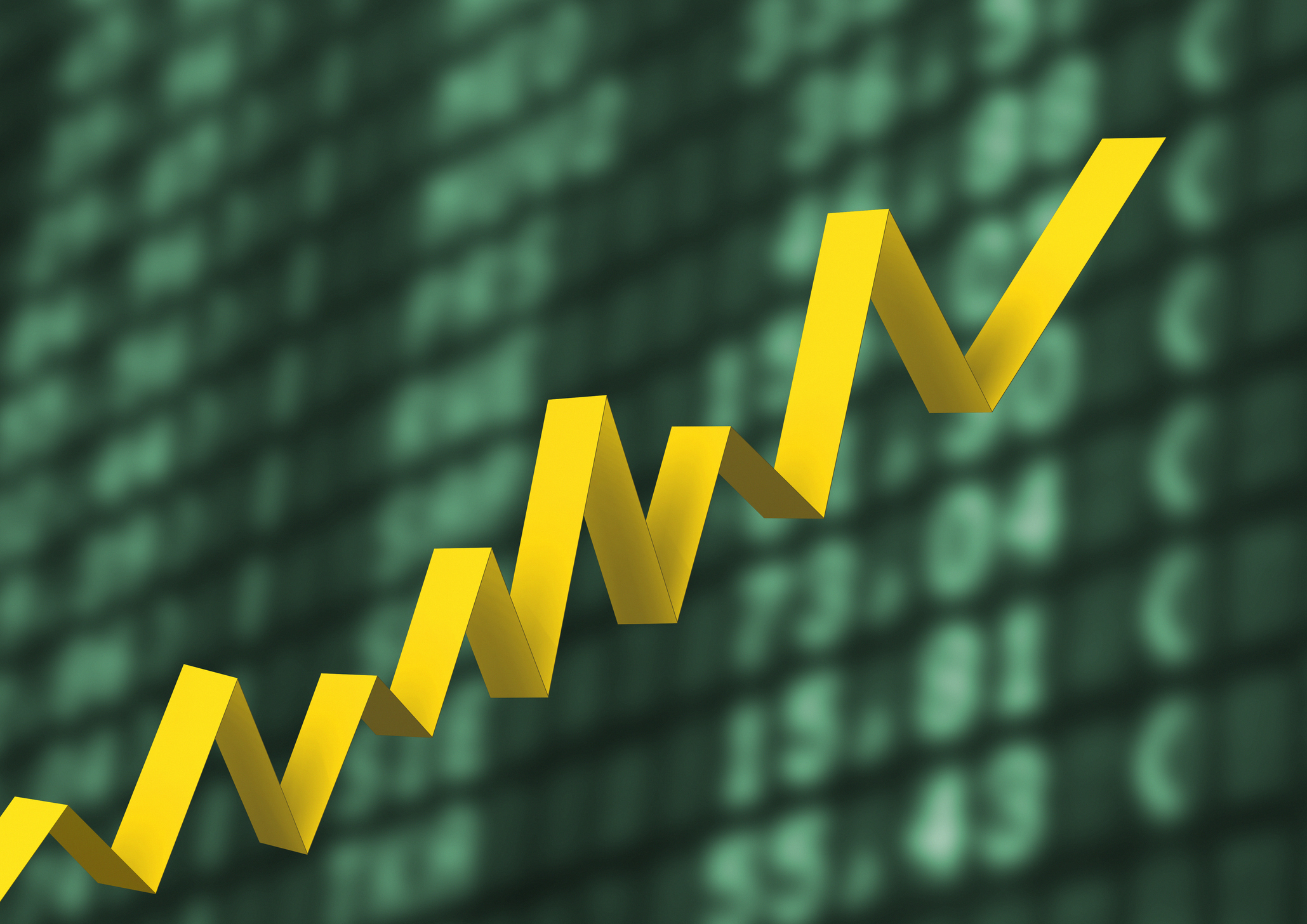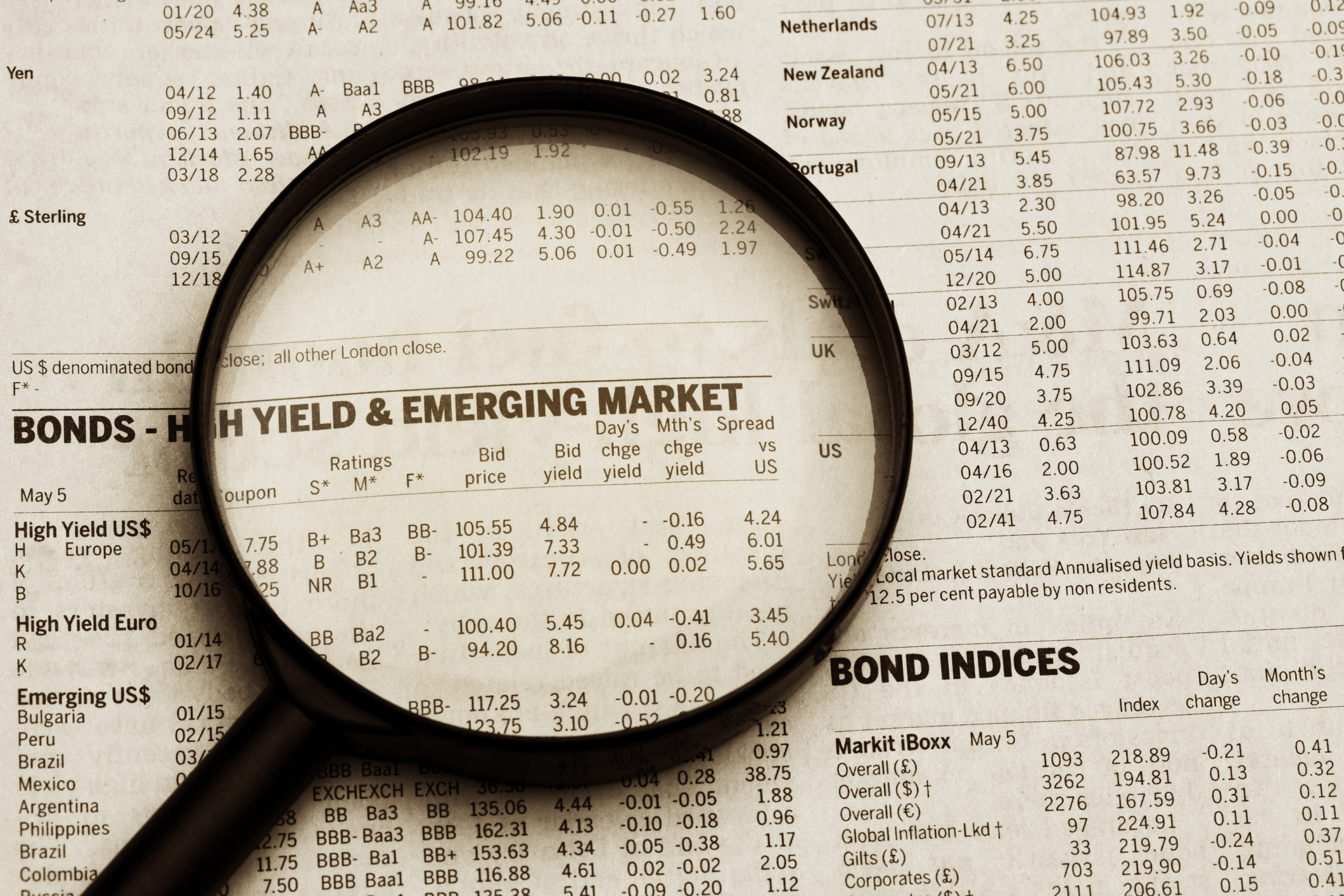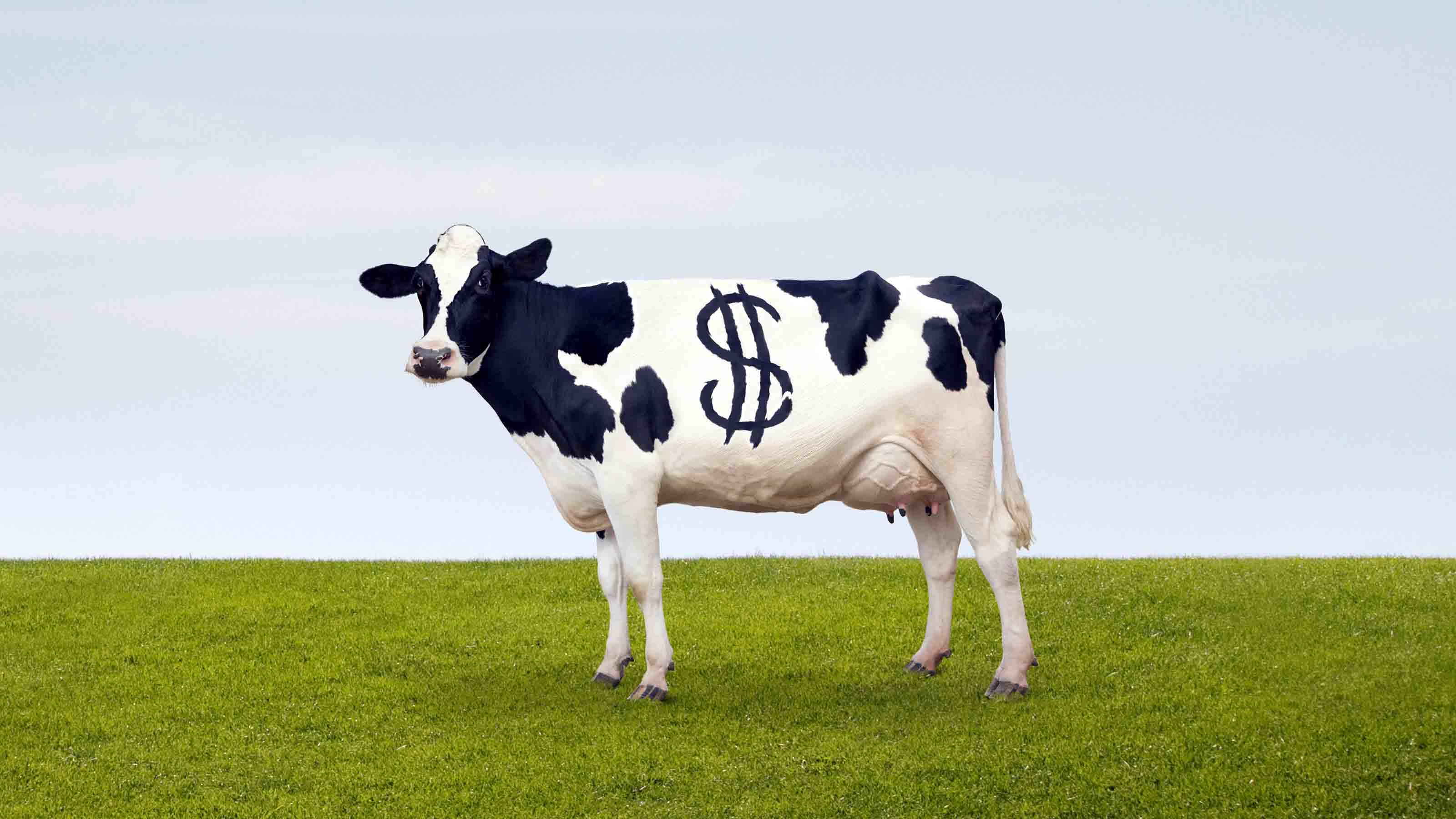6 of the Best Small-Cap ETFs to Buy Now
It's been a rough stretch for small-cap ETFs, but the clouds could soon be parting. Here are six we like.


Small-cap ETFs have had it rough in recent years. That's partly because the majority of the market's gains have come courtesy of high-flying mega-cap stocks that, by definition, are not included in the small-cap benchmark Russell 2000 Index.
Small caps were also under pressure from high interest rates. Smaller companies rely more on debt than large-cap stocks do, which makes them especially sensitive to rates. They also tend to be heavily reliant on domestic consumer spending, which tends to slow with higher interest rates.
Happily for investors in small-cap stocks, analysts say the asset class is trading at bargain-basement prices, and rates are starting to come down.
Additionally, some folks think small caps will benefit from the second Trump presidency given the administration's focus on tax cuts, less regulation and economic growth. Indeed, the Russell 2000 rallied nearly 11% in November 2024. Enthusiasm has waned in more recent months, but there are plenty of folks that see upside ahead.
"We see several tailwinds for smaller U.S. companies emerging with monetary policy less restrictive, as earnings recover, and valuation dislocations normalize," writes BNP Paribas Asset Management in their outlook for U.S. small-cap stocks. They add that onshoring, re-shoring and M&A could also create positive catalysts.
With that in mind, below are six small-cap ETFs that should be on your radar.
How we found the best small-cap ETFs to buy
To find the top small-cap funds, we focused on the following criteria:
- Net assets of at least $300 million
- Expenses of 0.60% or less
- At least two non-U.S. ETFs, including one from emerging markets
- At least two actively managed ETFs, and
- ETFs from six different ETF providers
This methodology provides investors with a portfolio of the best ETFs to buy with sufficient size, lower costs, a mix of passive and active management and geographical diversification.

Dimensional U.S. Small Cap ETF
- Type: Domestic small-cap growth
- Assets under management: $9.3 billion
- Dividend yield: 1.0%
- Expenses: 0.27%
The Dimensional U.S. Small Cap ETF (DFAS) is one of the several ETFs from Dimensional Fund Advisors (DFA) that used to be a mutual fund but was converted to an ETF structure in June 2021. Today, DFA has 38 ETFs available.
So, while DFAS has been an ETF for a little over three years, it's been an actively managed fund since December 1998. The ETF's goal "is to achieve long-term capital appreciation while minimizing federal income taxes on returns." Not only does it seek to minimize taxes, but it also manages to keep the fees low despite active fund management. Although actively managed, it seeks to outperform its benchmark, the Russell 2000, which represents 2,000 smaller U.S. companies.
Since the fund's inception in 1998, DFAS has had an annualized total return of 9.2% through February, about a percentage point more than the Russell 2000.
The top three sectors by weight are financials (21%), industrials (20%) and consumer discretionary stocks (14%). The portfolio comprises roughly 2,000 companies with a weighted average market cap of $5.0 billion. Its top 10 holdings account for 3% of its $9.0 billion net assets.
Regarding valuation, DFAS has a below-category average price-to-earnings (P/E), price-to-book (P/B) and price-to-sales (P/S) ratios.

SPDR S&P 600 Small Cap Growth ETF
- Type: Domestic small-cap growth
- Assets under management: $3.4 billion
- Dividend yield: 1.2%
- Expenses: 0.15%
The SPDR S&P 600 Small Cap Growth ETF (SLYG), as its name suggests, tracks the performance of the S&P 600 SmallCap 600 Growth Index, a collection of small-cap stocks from the S&P SmallCap 600 Index that exhibit above-average growth tendencies such as improving revenue, price-to-earnings changes and momentum.
To be included in the index, a company must meet a few requirements, including having a public float of 10% or more and four straight quarters of positive earnings. The growth index is weighted by market cap and rebalanced quarterly, while the S&P SmallCap 600 Index is rebalanced annually on the third Friday in December.
Like many small-cap ETFs – and exchange-traded funds, generally – SLYG uses a sampling strategy to mimic the index's performance. Therefore, not every stock in the index is necessarily held by the fund.
However, the SPDR S&P 600 Small Cap Growth ETF currently has a little under 350 holdings invested in its $3.4 billion in total net assets, roughly the same number of holdings as the index. The weighted average market cap of the fund's holdings is $3.8 billion, and earnings for the group are expected to rise by 10.9% over the next three to five years.
The ETF's three largest sectors by weight are industrials (20%), healthcare (16%) and consumer discretionary (12%). SLYG's top 10 holdings account for 11% of its total net assets, with an annual turnover of 53%.
The two largest holdings by weight at the moment are industrial stocks ATI (ATI) and Alaska Air Group (ALK).
Over the past 10 years, SLYG has turned in an annualized total return of 10%.
Learn more about SLYG at the State Street Global provider site.

Avantis U.S. Small Cap Value ETF
- Type: Domestic small-cap value
- Assets under management: $14.7 billion
- Dividend yield: 1.7%
- Expenses: 0.25%
The Avantis U.S. Small Cap Value ETF (AVUV) is one of the largest U.S.-listed small-cap ETFs with nearly $15 billion in AUM. AVUV is actively managed and includes companies with higher profitability and value characteristics using metrics such as the adjusted book value to price and adjusted cash from operations to book value.
Portfolio managers may also consider other factors such as liquidity and past performance during selection. The fund then weights the individual stocks based on their above ratios relative to other stocks from the Russell 2000 Value Index.
It's unsurprising then that the top three sectors of this value-oriented small-cap ETF are financials (30%), industrials (16%) and consumer discretionary (16%). The top 10 holdings account for just 9% of its net assets, and its turnover is low for active management at 4%.
The average market cap of the 730 or so holdings is $2.5 billion, and the price-to-book and price-to-cash-flow ratios are less than the category average.
The expense ratio for this active ETF is just 0.25%.

WisdomTree Emerging Markets SmallCap Dividend Fund
- Type: Foreign diversified small-cap emerging markets
- Assets under management: $1.6 billion
- Dividend yield: 3.4%
- Expenses: 0.58%
The WisdomTree Emerging Markets SmallCap Dividend Fund (DGS) is the first of two international small-cap ETFs featured here. DGS aims to expose investors to dividend-paying small-cap stocks in the WisdomTree Emerging Markets SmallCap Dividend Index.
The index includes companies in the bottom 10% of the WisdomTree Emerging Markets Dividend Index's total market cap. The companies included in the index are weighted based on their annual cash dividends.
The minimum market cap for inclusion is $200 million, with median daily dollar trading volumes of $200,000 for each of the six months before the screening. In addition, the exposure to any country or sector should not exceed 25% of the portfolio. The index is reconstituted annually in October.
DGS currently has over 1,000 holdings. The top three countries by weight are Taiwan (27%), South Korea (11%) and China (10%). The top three sectors are financials (17%), technology (16%) and industrials (16%).
The portfolio's top 10 holdings account for just 7% of its total net assets, with its largest position – South African banking group Old Mutual – making up 0.9% of the portfolio. DGS has had a high turnover rate of 51% over the last 12 months.
Small-cap stocks comprise roughly 27% of the fund's portfolio, mid-cap stocks account for 62% and large caps make up the rest. The average market cap of the fund is $1.6 billion. Meanwhile, the fund boasts below-category P/E and P/S ratios. The WisdomTree Emerging Markets SmallCap Dividend Fund also has an above-market dividend yield of 3.4%.

iShares MSCI International Small-Cap Equity Factor ETF
- Type: Foreign small/mid-cap blend
- Assets under management: $323.1 million
- Dividend yield: 4.2%
- Expenses: 0.23%
The second of two international small-cap ETFs on this list, and the smallest of the six funds featured here, is the iShares MSCI International Small-Cap Equity Factor ETF (ISCF).
ISCF is a passively managed ETF that tracks the performance of the STOXX International Small-Cap Equity Factor Index, a collection of small-cap companies from developed markets that aims to maximize the exposure to stocks exhibiting momentum, quality, value and low volatility.
Launched in April 2015, its annual total return from inception through February 25, 2025, is 6.0%.
The ETF has roughly 1,000 holdings with an average market cap of $1.8 billion, about half the index's average. Its average P/E and P/B are lower than the index's as well.
Like many small-cap funds, ICSF has a combination of both small and mid-sized companies in its holdings. Small and micro caps account for about half of the fund, while mid-cap stocks make up the rest.
The ETF's top three sectors by weight are industrials (20%), consumer discretionary (15%) and financials (15%). The top three countries by weight are Japan (25%), the U.K. (13%) and Canada (9%).
The iShares MSCI International Small-Cap Equity Factor ETF's top 10 holdings account for just 6% of its net assets, and its turnover is just 3.8%.

Pacer US Small Cap Cash Cows 100 ETF
- Type: Domestic small-cap value
- Assets under management: $5.8 billion
- Dividend yield: 1.2%
- Expenses: 0.59%
The Pacer US Small Cap Cash Cows 100 ETF (CALF) tracks the performance of the Pacer US Small Cap Cash Cows Index. It's one of the best small-cap ETFs to own because it invests in some of the biggest cash cows, or those companies generating positive free cash flow, or the money left over after a company has paid its expenses, interest, taxes and long-term investments.
The ETF takes the 100 stocks from the S&P SmallCap 600 with the highest cash flow yields, defined as free cash flow divided by enterprise value. These stocks are then weighted based on their trailing 12-month free cash flow.
The index is reconstituted and rebalanced four times a year. The holdings are capped at a 2% weighting. The stocks in the index have market caps between $375 million and $5.5 billion. The weighted average market cap is $2.7 billion, with an average free cash flow yield of 9.9%.
Why is this appealing to investors? Companies with high free cash flow are often the best dividend stocks for dependable dividend growth, while also producing better earnings.
The top three sectors by weight are consumer discretionary (19%), technology (19%) and industrials (18%). CALF's largest three holdings by weight at the moment are Apple supplier Qorvo (QRVO), tech firm Insight Enterprises (NSIT) and energy stock Patterson-UTI Energy (PTEN).
Since its inception in June 2017, CALF has had an annualized total return of 9.4% through December 31, 2024. This compares to an 8.6% return for the S&P SmallCap 600 Index.
For those interested in owning more of Pacer's Cash Cow series of ETFs, Pacer has the Pacer Cash Cow Fund of Funds ETF (HERD) that invests 20% in each of five Cash Cow ETFs, including CALF.
Learn more about CALF at the Pacer ETFs provider site.
Related content
Get Kiplinger Today newsletter — free
Profit and prosper with the best of Kiplinger's advice on investing, taxes, retirement, personal finance and much more. Delivered daily. Enter your email in the box and click Sign Me Up.

Will has written professionally for investment and finance publications in both the U.S. and Canada since 2004. A native of Toronto, Canada, his sole objective is to help people become better and more informed investors. Fascinated by how companies make money, he's a keen student of business history. Married and now living in Halifax, Nova Scotia, he's also got an interest in equity and debt crowdfunding.
-
 Stock Market Today: Stocks Gain on Tech, Auto Tariff Talk
Stock Market Today: Stocks Gain on Tech, Auto Tariff TalkThe Trump administration said late Friday that it will temporarily halt tariffs on some Chinese tech imports.
By Karee Venema Published
-
 Sam's Club Plans Aggressive Expansion: Discover Its New Locations
Sam's Club Plans Aggressive Expansion: Discover Its New LocationsSam's Club expansion plans will open up to 15 new stores each year. Learn where they plan to open in 2025.
By Sean Jackson Published
-
 Stock Market Today: Stocks Gain on Tech, Auto Tariff Talk
Stock Market Today: Stocks Gain on Tech, Auto Tariff TalkThe Trump administration said late Friday that it will temporarily halt tariffs on some Chinese tech imports.
By Karee Venema Published
-
 What Is the Buffett Indicator?
What Is the Buffett Indicator?"It is better to be roughly right than precisely wrong," writes Carveth Read in "Logic: Deductive and Inductive." That's the premise of the Buffett Indicator.
By Charles Lewis Sizemore, CFA Published
-
 10 Major AI Companies You Should Know
10 Major AI Companies You Should KnowThese 10 AI companies are at the forefront of machine learning. Find out how they’re driving innovation and jostling to be the biggest players in the game.
By Tom Taulli Published
-
 How Baby Boomers and Gen Xers Are Redefining Retirement Living
How Baby Boomers and Gen Xers Are Redefining Retirement LivingBoth generations need to embrace change and leverage real estate as a dynamic asset in their retirement planning. Here's how financial advisers can help, too.
By David Conti, CPRC Published
-
 How Good Advisers Manage Risk in Challenging Markets
How Good Advisers Manage Risk in Challenging MarketsThey understand the difference between what might be real challenges to an investor's strategy and fear brought on by market volatility.
By Ryan L. Kirk, CFA® Published
-
 Financial Planning's Paradox: Balancing Riches and True Wealth
Financial Planning's Paradox: Balancing Riches and True WealthWhile enough money is important for financial security, it does not guarantee fulfillment. How can retirees and financial advisers keep their eye on the ball?
By Richard P. Himmer, PhD Published
-
 A Confident Retirement Starts With These Four Strategies
A Confident Retirement Starts With These Four StrategiesWork your way around income gaps, tax gaffes and Social Security insecurity with some thoughtful planning and analysis.
By Nick Bare, CFP® Published
-
 Should You Still Wait Until 70 to Claim Social Security?
Should You Still Wait Until 70 to Claim Social Security?Delaying Social Security until age 70 will increase your benefits. But with shortages ahead, and talk of cuts, is there a case for claiming sooner?
By Evan T. Beach, CFP®, AWMA® Published
